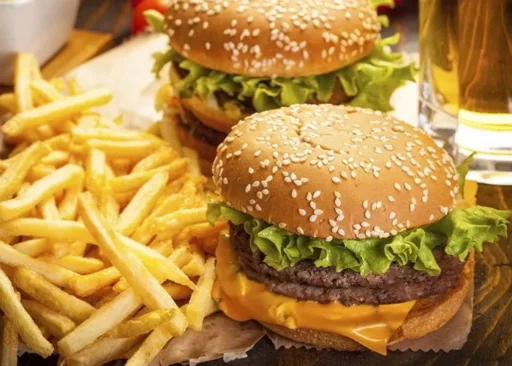Food Prices Climb 24.6%, 1.5 Times Higher Than Consumer Price Index Increase Over 5 Years
Food prices have surged by 24.6%, which is 1.5 times the increase in the consumer price index over the last five years, with significant price hikes in lunch menus favored by office workers, leading to an intensification of the "Lunchflation" phenomenon.
According to the National Statistical Portal (KOSIS) on the 15th, the consumer price index for eating out rose from 100 in 2020 to 124.56 last month, marking a 24.6% increase. In comparison, the overall consumer price index increased by 16% during the same period, indicating that the speed of food price increases is 1.5 times greater.
Particularly, prices are skyrocketing for lunch items frequently chosen by office workers, and the "Lunchflation" phenomenon has become commonplace.

Among 39 food items, gimbap (38%) and hamburgers (37%) recorded the highest increases, while dishes like tteokbokki, jajangmyeon, ramen, and galbitang also exceeded 30% growth.
It was found that 30 items, accounting for 77% of all food items, have risen by more than 20%. The meal costs in company cafeterias, which can be considered the last refuge for office workers, have also increased by 24% over the past five years.
The main reasons for the sharp rise in food prices include increases in ingredient costs, labor costs, and the burden of delivery fees that have intensified in recent years.

Prices for agricultural, forestry, and fishery products have risen by 22% during the same period, while processed food prices have gone up by 24%. The prices of essential ingredients for the food service industry, such as flour, cheese, and sugar, have surged due to high exchange rates and climate change.
Professor Lee Sang-hyun from Korea University's Department of Food Resource Economics stated, "The structure heavily reliant on imports due to low self-sufficiency and the rise of the won/dollar exchange rate from around 1200 won during 2020-2021 to its current level of 1350-1400 won is a significant burden," and added, "The logistics costs that skyrocketed during COVID-19 are also a cause of rising food prices."
In fact, fast-food brands like McDonald's and Lotteria have consecutively raised prices in March of this year following increases the previous year, while coffee franchises such as Starbucks, Mega Coffee, Compose Coffee, and Peet's Coffee have gradually raised their prices due to high exchange rates and the rising cost of international beans since the beginning of this year.
Delivery app fees are also pointed to as another culprit behind the rise in food prices. Some companies operate a "dual pricing system" where in-store prices differ from delivery prices. The Ministry of Agriculture, Food and Rural Affairs analyzed that the introduction of dual pricing for lunch box items contributed to an 11.1% increase in the lunch box consumer price index compared to the previous year.

Experts emphasize the need for a multifaceted approach to mitigate the rising trend of food prices, including stabilizing raw material costs, improving distribution structures, and addressing long-term climate change.
According to the Ministry of Agriculture, Food and Rural Affairs, the average distribution cost rate of agricultural products was 49.2% in 2023. This means that nearly half of the cost when a consumer buys 10,000 won worth of agricultural products goes to distribution costs.
Professor Lee advised, "It is necessary to expand the agricultural and food voucher program for vulnerable groups that are susceptible to high prices, along with safety measures to respond to surging exchange rates."
The government, led by the Ministry of Economy and Finance, is pursuing measures to stabilize the prices of imported raw materials, including expanding tariff quotas, to ensure price stability in daily living costs, including food prices.
Image source: Reference photos for understanding the article / gettyimagesbank, Reference photos for understanding the article / Image = Insight


